Home>Garden Essentials>Landscaping: How To Start
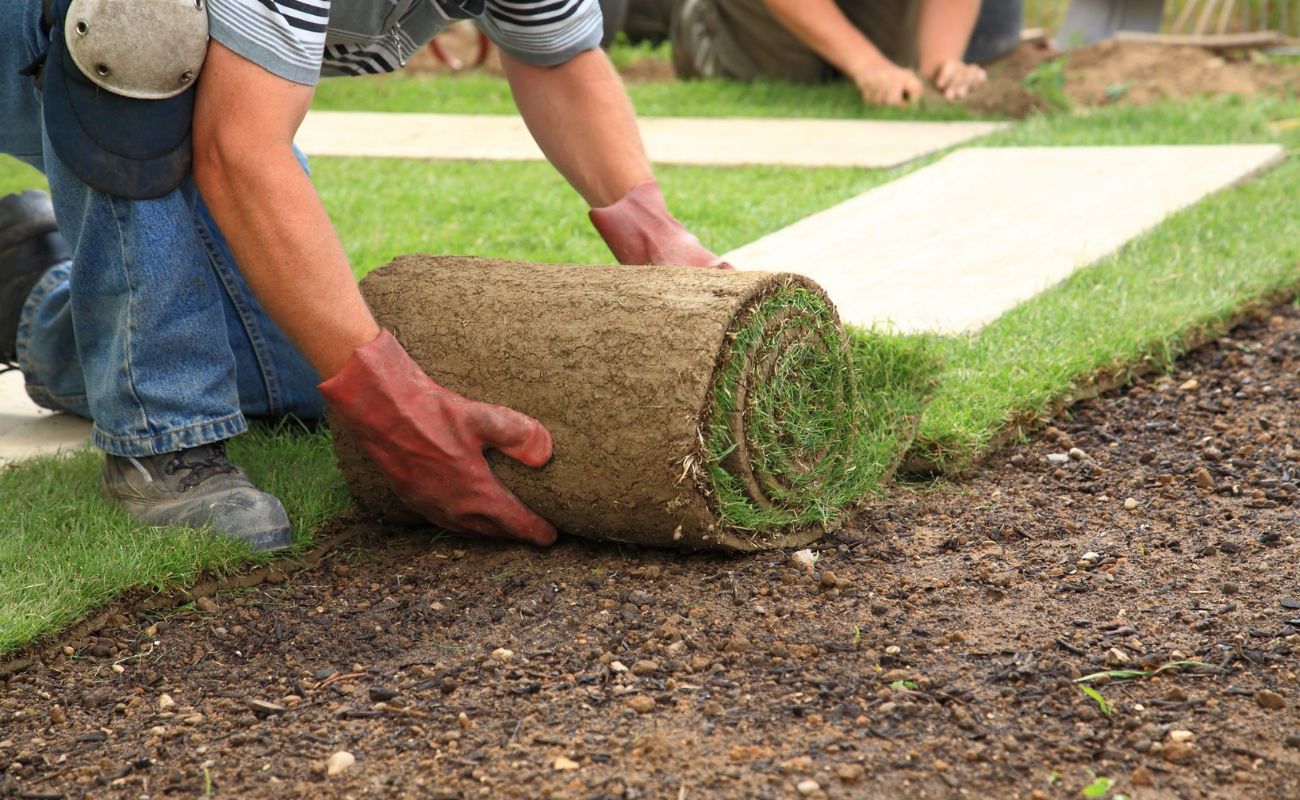

Garden Essentials
Landscaping: How To Start
Modified: March 7, 2024
Learn the essential steps to start your garden with our comprehensive guide on landscaping, featuring expert tips and advice for beginners.
(Many of the links in this article redirect to a specific reviewed product. Your purchase of these products through affiliate links helps to generate commission for Storables.com, at no extra cost. Learn more)
Introduction
Welcome to the wonderful world of landscaping! Whether you have just bought a new property or are looking to transform your existing outdoor space, landscaping can breathe new life into your garden and create a beautiful and functional environment.
Landscaping involves the art and science of modifying and enhancing the natural features of your outdoor space, including the terrain, plants, and structures. It requires careful planning, creativity, and a deep understanding of horticulture and design principles.
In this article, we will guide you through the process of starting your landscaping journey. By following these steps, you can create a stunning garden that reflects your personality, complements your home, and provides a relaxing retreat for you and your family.
So, grab your gardening gloves and let’s get started!
Key Takeaways:
- Assess your property, create a design plan, select the right plants and materials, prepare the soil, and install hardscape features to start your landscaping journey successfully.
- Plant and mulch carefully, provide regular care, and troubleshoot common issues to maintain a healthy and vibrant garden that evolves with the seasons. Happy gardening!
Read more: When To Start Landscaping
Assessing the Property
Before diving into the world of landscaping, it’s essential to thoroughly assess your property. This will help you understand its unique characteristics, identify potential challenges, and make informed decisions during the design and implementation phases.
Start by examining the size and shape of your outdoor space. Consider how much area you have available for different elements such as lawn, flower beds, pathways, and seating areas. This will help you determine the layout and scale of your landscaping project.
Next, take note of the existing features on your property, such as trees, shrubs, and natural slopes. These elements can be utilized to your advantage when designing your landscape. Older, established trees can provide shade and act as focal points, while slopes can be transformed into terraced gardens or beautiful rockeries.
It’s also important to assess the soil quality and drainage on your property. Different plants have different soil requirements, so understanding your soil type will aid in selecting suitable plants and implementing proper irrigation methods. If you have poor drainage, you may need to consider installing drainage solutions or choosing plants that can tolerate wet conditions.
Additionally, consider the climate and microclimates on your property. Some areas may receive more sun or shade, be windier, or have different soil moisture levels. These factors will influence plant selection and the placement of outdoor structures.
Lastly, think about your lifestyle and how you plan to use your outdoor space. Do you want a low-maintenance garden or are you willing to invest time and effort into regular upkeep? Will you be entertaining guests frequently and require ample seating areas? Understanding your needs and preferences will help tailor your landscaping design to suit your lifestyle.
By carefully assessing your property, you can gather valuable information that will guide your decision-making process throughout the landscaping journey. This knowledge will contribute to a well-planned and successful landscape that thrives in harmony with your surroundings.
Creating a Design Plan
Once you have assessed your property, it’s time to unleash your creativity and start creating a design plan for your landscaping project. A well-thought-out design plan will serve as a roadmap, ensuring that your vision becomes a reality.
Begin by envisioning the overall style and theme of your landscape. Do you prefer a formal and structured garden, or a more relaxed and naturalistic setting? Consider the architectural style of your home and seek inspiration from books, magazines, or online resources to help you narrow down your preferences.
Next, sketch out a rough map of your outdoor space. Include existing features, such as trees, structures, and utility lines, as well as any potential areas for different elements. Keep in mind the principles of balance, proportion, and unity as you distribute various elements across the landscape.
Think about the function of each area in your garden. Do you need a patio for outdoor dining and entertaining? A secluded corner for quiet relaxation? A play area for children? Allocate specific zones for these activities and consider their connectivity and accessibility within the overall design.
Pay attention to the flow and structure of your landscape by incorporating pathways, edging, and focal points. Pathways can guide visitors through the garden and create a sense of exploration, while edging can add definition and help separate different areas. Focal points, such as eye-catching sculptures, water features, or strategically placed plants, can draw the eye and create visual interest.
When selecting plants for your design plan, consider their growth habits, seasonal interest, and maintenance requirements. Aim for a balance of evergreen and deciduous plants to maintain visual appeal throughout the year. Incorporate a variety of heights, textures, and colors to create depth and visual impact.
Lastly, remember the importance of sustainability in your design plan. Incorporate water-saving techniques like rainwater harvesting and efficient irrigation systems. Choose native plants that are adapted to the local climate and require less water and maintenance. Incorporate wildlife-friendly features, such as bird feeders or pollinator-attracting flowers, to enhance biodiversity in your garden.
By creating a well-detailed design plan, you will have a clear vision of your landscaping project. This will help you gather the necessary materials, estimate costs, and efficiently execute the plan, resulting in a cohesive and harmonious outdoor space that reflects your unique style and preferences.
Selecting Plants and Materials
Selecting the right plants and materials is a crucial step in the landscaping process. The choices you make will not only dictate the aesthetic appeal of your garden but also determine its longevity and sustainability. Here are some tips to help you make informed decisions.
Start by considering the climate and growing conditions in your area. Choose plants that are well-suited to the local climate, ensuring they can thrive and survive in your garden. Take into account factors such as temperature extremes, humidity levels, and average rainfall.
Research different plant species to determine their light and water requirements. Some plants thrive in full sun, while others prefer partial shade or full shade. Similarly, some plants are drought-tolerant, while others require regular watering. By selecting plants that are compatible with the existing conditions in your garden, you can reduce maintenance and ensure long-term success.
Consider the overall aesthetic you want to achieve in your landscape. Do you prefer a lush and tropical look, a drought-tolerant desert garden, or a cottage garden filled with colorful flowers? Choose plants that reflect your desired style and create a cohesive and visually pleasing atmosphere.
When selecting materials for hardscape features such as pathways, walls, and patios, consider the durability and functionality of the materials. Opt for materials that can withstand the local climate conditions, such as freeze-thaw cycles or intense heat. Additionally, select materials that complement the overall design and aesthetic of your landscape.
Don’t be afraid to experiment with different textures and materials. Mix and match different types of gravel, stone, or pavers to create visual interest. Incorporate natural elements such as wood or bamboo for a rustic or Zen-inspired look. By blending different materials, you can add depth and character to your outdoor space.
Consider sustainability when choosing plants and materials. Opt for native or drought-tolerant plants that require less water and maintenance. Choose materials that are eco-friendly and have a low environmental impact. Incorporate recycled materials or repurposed elements into your design to reduce your carbon footprint.
Lastly, seek advice from local nurseries and garden centers. Their expertise can be invaluable in selecting the right plants and materials for your specific region and conditions. They can guide you in choosing locally sourced plants that are adapted to your area, ensuring their success in your garden.
By carefully selecting plants and materials, you can create a beautiful and sustainable landscape that thrives in harmony with its surroundings. Remember to consider the climate, aesthetics, functionality, and sustainability aspects when making your choices.
Preparing the Soil
The foundation of a healthy and thriving garden starts with the soil. Before embarking on your landscaping project, it’s important to prepare the soil to provide a nutrient-rich and well-draining environment for your plants. Here are some steps to help you prepare the soil for optimal growth:
1. Clear the area: Begin by removing any weeds, grass, or debris from the area where you plan to plant. Use a shovel or a garden rake to clear the surface, ensuring a clean canvas for your landscaping project.
2. Test the soil: Conduct a soil test to determine the pH level and nutrient content of your soil. This will help you understand its composition and make necessary amendments to improve its fertility. You can purchase soil testing kits or send a sample to a local extension service for professional analysis.
3. Amend the soil: Based on the results of the soil test, you may need to amend your soil to create optimal growing conditions for your plants. If the soil is too acidic, add lime to raise the pH level. If it’s too alkaline, add sulfur or peat moss to lower the pH. Incorporate organic matter such as compost, well-aged manure, or leaf mulch to improve soil structure and nutrient content.
4. Till the soil: Use a garden tiller or a digging fork to loosen the soil, removing any compacted areas. This will enhance aeration, improve drainage, and allow plant roots to penetrate deeply. Be careful not to over-till, as excessive disturbance can disrupt the soil structure.
5. Level the surface: Use a rake or a garden leveler to create a smooth and even surface. This will ensure proper water distribution and prevent pooling or runoff. Pay attention to the grade and slope of the land to avoid water accumulation or erosion issues.
6. Consider soil amendments: Depending on the specific needs of your plants, you may need to add additional soil amendments. For example, if you have heavy clay soil, incorporate sand or perlite to improve drainage. If you have sandy soil, add organic matter to increase water retention.
7. Mulch the soil: Apply a layer of mulch to the soil surface after planting. Mulch helps retain moisture, suppress weed growth, regulate soil temperature, and improve overall soil health. Use organic materials such as wood chips, straw, or shredded leaves.
Remember to regularly monitor and maintain your soil health throughout the gardening season. Conduct soil tests periodically to gauge nutrient levels and adjust your fertilizer application accordingly.
By taking the time to properly prepare your soil, you are setting the stage for a successful and bountiful garden. The efforts you put into soil preparation will pay off in the form of robust plants, vibrant blooms, and a thriving landscape.
Start by assessing your space and creating a plan. Consider factors like sunlight, soil type, and existing plants. This will help you choose the right plants and design for your landscaping project.
Read more: How To Start Up A Landscaping Company
Installing Hardscape Features
Hardscape features are the non-living elements that add structure, functionality, and visual appeal to your landscape. From pathways and patios to retaining walls and water features, installing hardscape features can greatly enhance your outdoor space. Here are some steps to help you successfully incorporate hardscape elements into your landscape:
1. Plan the layout: Before you start the installation, carefully plan the layout of your hardscape features. Consider the function, size, and placement of each element. Visualize how they will interact with the existing landscape and structures, and how they will contribute to the overall design aesthetic.
2. Prepare the area: Clear the area of any vegetation or debris. Mark the edges of your hardscape features using stakes and string. Excavate the area to the desired depth, keeping in mind any necessary slopes or gradients for proper drainage.
3. Lay the foundation: For elements like pathways and patios, it’s important to establish a solid foundation. This typically involves laying a base material, such as crushed gravel or sand, and compacting it evenly to create a stable surface. Use a level or a straight board to ensure the base is even and properly sloped to prevent water pooling.
4. Install the hardscape elements: Whether you’re installing pavers, stones, or retaining wall blocks, follow the manufacturer’s instructions for placement. Use a rubber mallet or a hand tamper to set the elements securely in place. Take care to maintain proper alignment and spacing for a professional and cohesive look.
5. Build retaining walls: If your landscaping project involves creating terraced areas or addressing slopes, you may need to build retaining walls. These walls help stabilize the soil and prevent erosion. Follow engineering guidelines and consult professionals if you’re working with significant height or support requirements.
6. Incorporate water features: If you plan to include water features, such as fountains or ponds, ensure the area is properly prepared for their installation. Install the necessary plumbing or electrical connections and make any required adjustments to ensure proper water flow and circulation.
7. Add finishing touches: Once your hardscape features are in place, add the finishing touches to give them a polished look. Sweep sand or gravel into the cracks between pavers to stabilize them and prevent weed growth. Use a concrete sealer, if applicable, to protect and enhance the appearance of your hardscape elements.
Remember to consider safety when installing hardscape features. Ensure proper drainage to prevent water pooling and create slip-resistant surfaces. If necessary, incorporate lighting along paths and steps for increased visibility at night.
By carefully planning and executing the installation of hardscape features, you can create a functional and visually stunning landscape. These elements will not only add structure and definition, but also provide opportunities for relaxation, entertainment, and enjoyment of your outdoor space.
Planting and Mulching
Now that your soil is prepared and your hardscape features are installed, it’s time to bring life to your landscape by planting and mulching. Planting the right plants in the right way, and applying mulch, are essential steps to ensure the health and beauty of your garden. Here’s what you need to know:
1. Choose the right plants: Select plants that are well-suited to your climate, soil conditions, and the amount of sunlight your garden receives. Consider factors like the plant’s mature size, growth habit, and maintenance requirements. Group plants with similar needs together to create optimal growing conditions.
2. Prepare the planting holes: Dig a hole that is wider and slightly deeper than the plant’s root ball. Loosen the soil around the edges and break up any clumps. This will encourage root growth and ensure good soil contact for your new plants.
3. Carefully remove the plant from its container: Gently tap the sides and bottom of the container to loosen the plant’s root ball. Carefully lift the plant out, being mindful not to damage the roots. If the roots are tightly wound, score the sides of the root ball with a knife to encourage outward growth.
4. Place the plant in the hole: Position the plant in the hole at the same depth it was previously growing. The top of the root ball should be level with or slightly above the soil surface. Backfill the hole with soil, gently firming it around the plant to eliminate air pockets.
5. Water thoroughly: After planting, water the newly installed plants deeply to help settle the soil and establish good root-to-soil contact. Provide regular irrigation until the plants are fully established.
6. Apply mulch: Spread a layer of organic mulch around the base of your plants, leaving a small gap around the stems or trunks to prevent moisture-related issues. Mulch helps conserve soil moisture, suppresses weed growth, regulates soil temperature, and enriches the soil as it breaks down over time.
Choose organic mulches such as wood chips, straw, or shredded bark. Apply a layer about 2-3 inches thick, taking care not to pile it against the plant stems or trunks. Replenish the mulch as needed throughout the year to maintain an adequate layer.
Remember to keep the mulch from making direct contact with the plant stems, as it can create a favorable environment for pests and diseases. Mulching should be implemented in all garden areas, including around trees, shrubs, flower beds, and in vegetable gardens.
By planting your chosen plants correctly and applying a layer of mulch, you create a healthy and beautiful environment for your garden to flourish. Regularly monitor the moisture levels of your plants and adjust watering as needed, staying mindful of seasonal requirements and individual plant needs.
Caring for the Landscape
Creating a stunning landscape is just the beginning; maintaining it is equally important to ensure its long-term health and beauty. Caring for your landscape involves regular attention, proper watering, pruning, fertilizing, and pest control. Here are some essential tips for caring for your landscape:
1. Watering: Provide your plants with the appropriate amount of water to maintain their health. The frequency and amount will depend on the plant species, soil type, and weather conditions. Water deeply and infrequently to encourage deep root growth. Early morning or late afternoon is the best time to water, reducing evaporation and allowing foliage to dry before evening.
2. Pruning: Proper pruning helps shape your plants, removes dead or damaged branches, and promotes healthy growth. Regularly inspect your plants and prune when necessary. Use sharp, clean tools and make cuts just above a bud or lateral branch. Be aware of each plant’s specific pruning requirements and timing.
3. Fertilizing: Provide your plants with adequate nutrients to promote optimal growth. Use organic or slow-release fertilizers and follow package instructions for application rates and timing. A soil test can help you determine any specific nutrient deficiencies and guide your fertilization practices.
4. Pest control: Monitor your plants for signs of pest infestation, such as discoloration, distorted growth, or wilting. Identify the pests and choose the appropriate control method, whether it’s handpicking, using natural predators, or applying targeted organic pesticides. Regularly remove weeds to prevent competition for resources and reduce pest habitat.
5. Mulching: Maintain a layer of mulch around your plants to conserve soil moisture, suppress weeds, and regulate soil temperature. Replenish the mulch as needed to maintain a consistent layer. Also, periodically check for any mulch movement or compaction and adjust accordingly to ensure proper plant health.
6. Regular maintenance: Regularly inspect your landscape for any issues or maintenance needs. Check for signs of disease, nutrient deficiencies, or water stress. Keep an eye on the health and growth of your plants, and address any issues promptly. This includes pruning, deadheading flowers, and trimming any overgrown foliage.
7. Seasonal care: Different seasons require different care practices. Adjust your landscape maintenance routines accordingly. For example, in spring, focus on new plantings, refreshing mulch, and fertilizing for growth. In summer, implement proper watering techniques to combat heat stress. In fall, prepare your garden for winter by cleaning up fallen leaves and protecting vulnerable plants.
Remember to stay attentive and observant of your landscape’s needs. Regularly assess the condition of your plants, soil moisture, and overall health. By providing the care and attention your landscape requires, you can continue to enjoy its beauty and ensure its longevity.
Troubleshooting Common Issues
While creating and caring for your landscape, you may encounter various common issues that can affect the health and appearance of your plants. It’s important to identify and address these issues promptly to prevent further damage and maintain a thriving garden. Here are some common issues and their troubleshooting tips:
1. Pest infestation: Pests like aphids, caterpillars, and mealybugs can wreak havoc on your plants. Regularly inspect your plants for signs of infestation, such as chewed leaves, sticky residue, or webbing. Use organic pest control methods like handpicking, using natural predators, or applying targeted insecticides as a last resort.
2. Disease: Fungal, bacterial, and viral diseases can spread rapidly among plants, causing wilting, discoloration, or deformities. Avoid overhead watering, as it can contribute to disease development. Remove and destroy affected plant parts and consider using organic fungicides or copper spray to control the spread of diseases.
3. Nutrient deficiencies: Yellowing leaves, stunted growth, and poor flowering can indicate nutrient deficiencies. Conduct a soil test to identify any lacking nutrients and adjust your fertilization practices accordingly. Use organic fertilizers or amendments to replenish the nutrients in the soil and promote healthy plant growth.
4. Overwatering or underwatering: Improper watering is a common issue that can stress plants and lead to various problems. Ensure you’re providing the right amount of water based on the specific needs of each plant. Be mindful of the soil moisture levels and adjust your watering schedule as necessary, considering factors like weather conditions and plant age.
5. Soil compaction: Compacted soil restricts root growth and hampers water and nutrient absorption. Avoid walking on garden beds or using heavy machinery when the soil is wet. If you notice signs of soil compaction, aerate the soil by gently loosening it with a garden fork or using a core aerator. Incorporate organic matter like compost to improve soil structure and drainage.
6. Weeds: Weeds compete with plants for nutrients, water, and sunlight. Regularly remove weeds by hand or use organic weed control methods like mulching or applying a weed suppressant fabric. Be vigilant in preventing weed seeds from spreading and establish a routine for weed management to keep your landscape weed-free.
7. Improper plant placement: If your plants are not thriving, it could be due to their incorrect placement in terms of light, soil conditions, or companionship. Assess the specific requirements of each plant and make adjustments if necessary. Consider factors like sun exposure, soil pH, and compatibility with neighboring plants when deciding where to place your plants.
When troubleshooting these issues, it’s important to act promptly and seek advice if needed. Consult with local garden centers or extension services to gain more specific insights into the challenges you’re facing.
By addressing common issues and implementing appropriate solutions, you can maintain a healthy and vibrant landscape, allowing your plants to thrive and creating an inviting and enjoyable outdoor space.
Read more: How To Start A Landscaping Business In Texas
Conclusion
Congratulations on completing your journey through the world of landscaping! By following the steps outlined in this article, you have gained the knowledge and skills needed to create a beautiful and thriving outdoor space.
From assessing your property and creating a design plan to selecting plants, installing hardscape features, and caring for your landscape, each step plays a crucial role in transforming your garden into a personal sanctuary. By nurturing your plants, tending to the soil, and troubleshooting common issues, you are well-equipped to overcome challenges and maintain a flourishing landscape.
Remember that landscaping is an ongoing process. As seasons change and plants grow, your garden will continuously evolve. Embrace the opportunity to experiment with new ideas, try different plant combinations, and adapt your landscape to your changing needs and preferences.
Continue to educate yourself on new gardening techniques, trends, and environmentally sustainable practices. Stay connected to the gardening community, attend workshops or seminars, and exchange tips and ideas with fellow enthusiasts. Your passion for gardening will only deepen as you continue to learn and grow.
Lastly, enjoy the fruits of your labor. Take the time to relax and connect with nature in your beautiful outdoor space. Whether you’re unwinding on a patio, tending to your plants, or simply reveling in the beauty around you, savor and cherish the moments spent in your very own garden paradise.
Now, go forth and let your creativity bloom. Embark on the journey of landscaping with confidence and enthusiasm, knowing that the possibilities are endless and the rewards are priceless. Transform your outdoor space into a personal oasis that brings joy, tranquility, and a deep sense of connection with nature.
Happy gardening!
Frequently Asked Questions about Landscaping: How To Start
Was this page helpful?
At Storables.com, we guarantee accurate and reliable information. Our content, validated by Expert Board Contributors, is crafted following stringent Editorial Policies. We're committed to providing you with well-researched, expert-backed insights for all your informational needs.
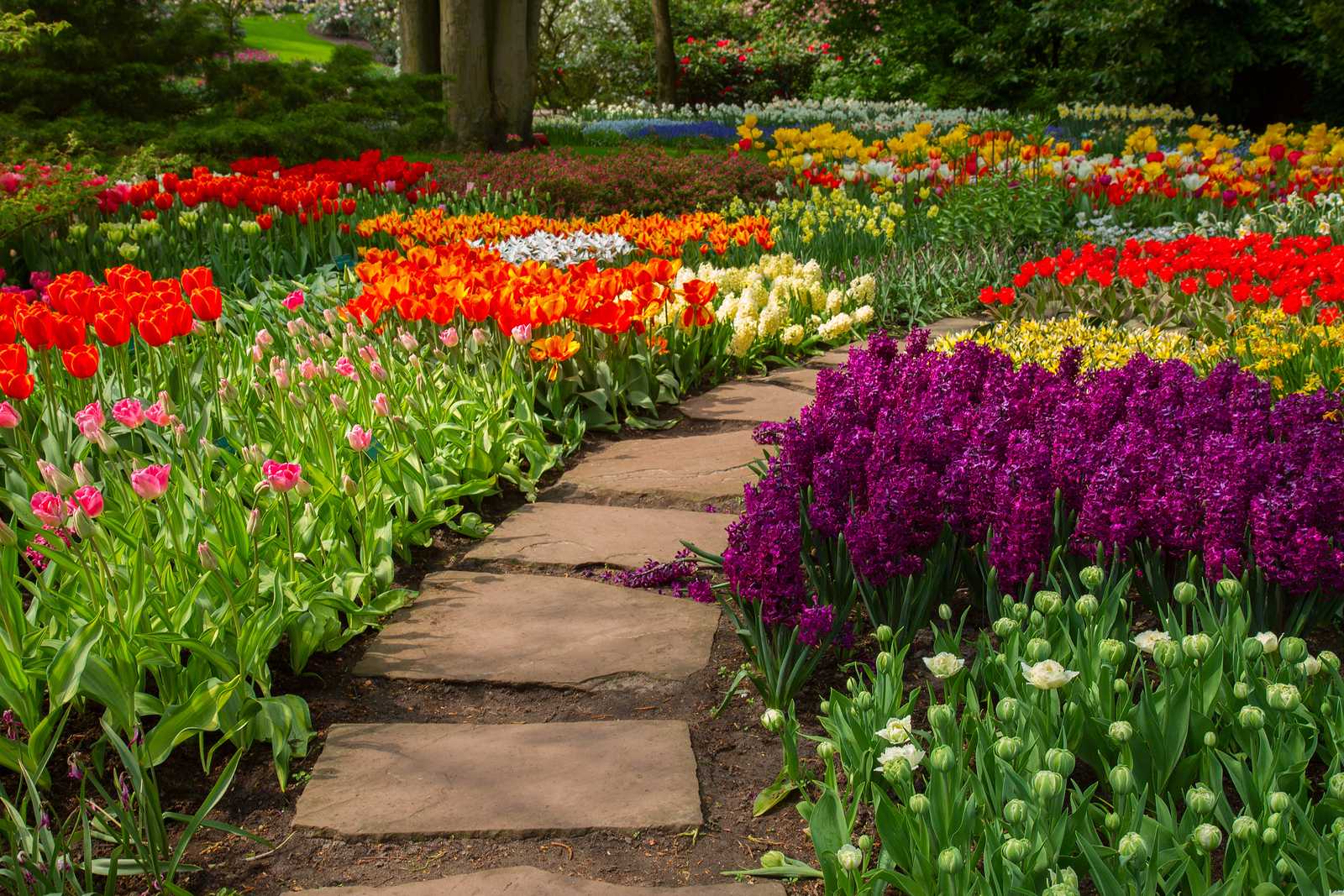



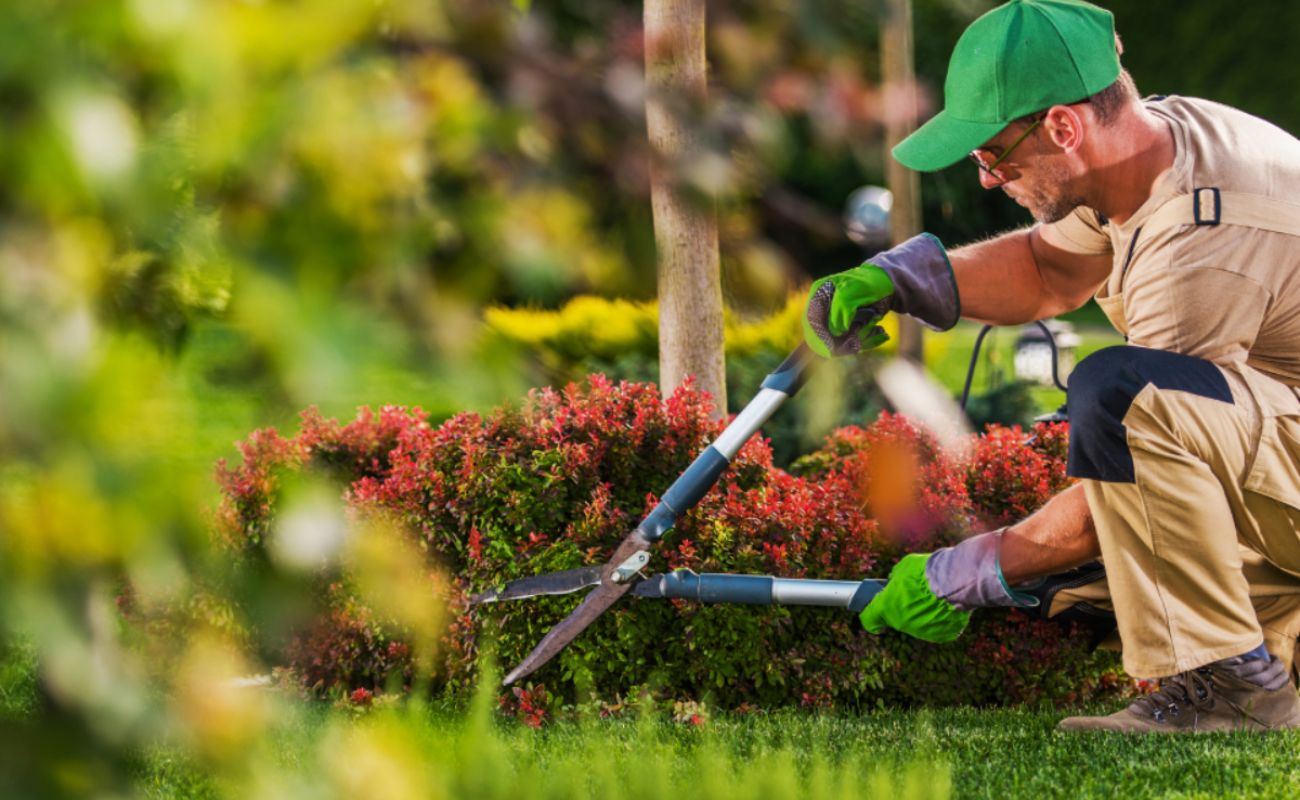

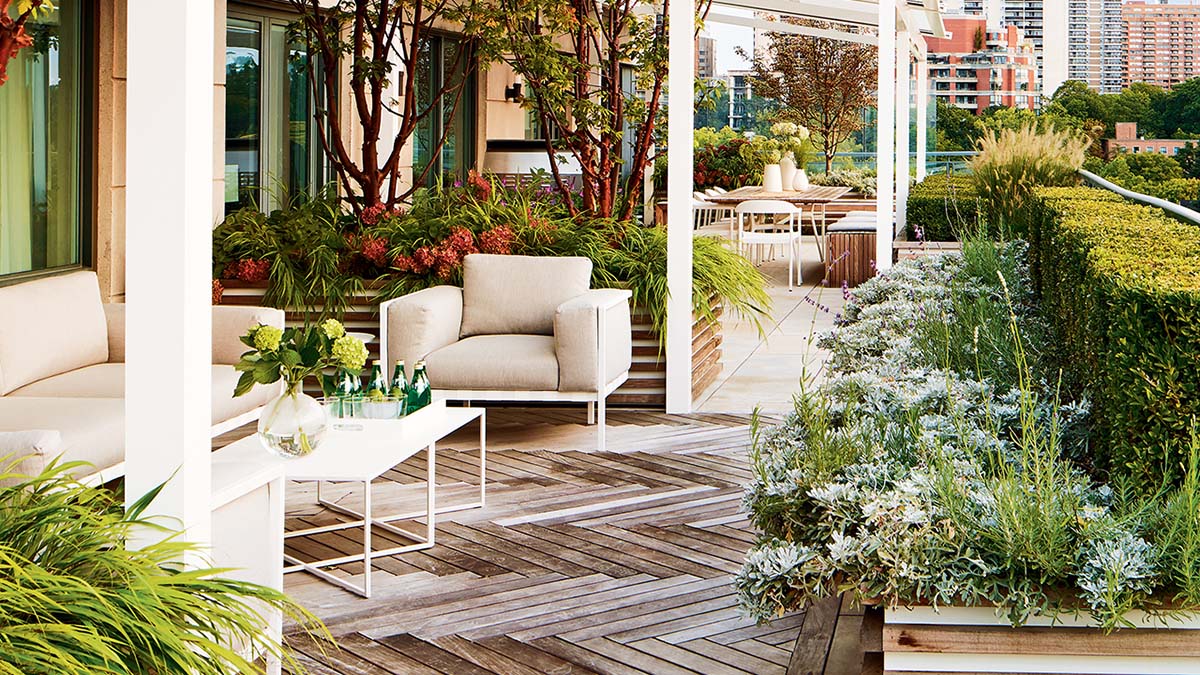
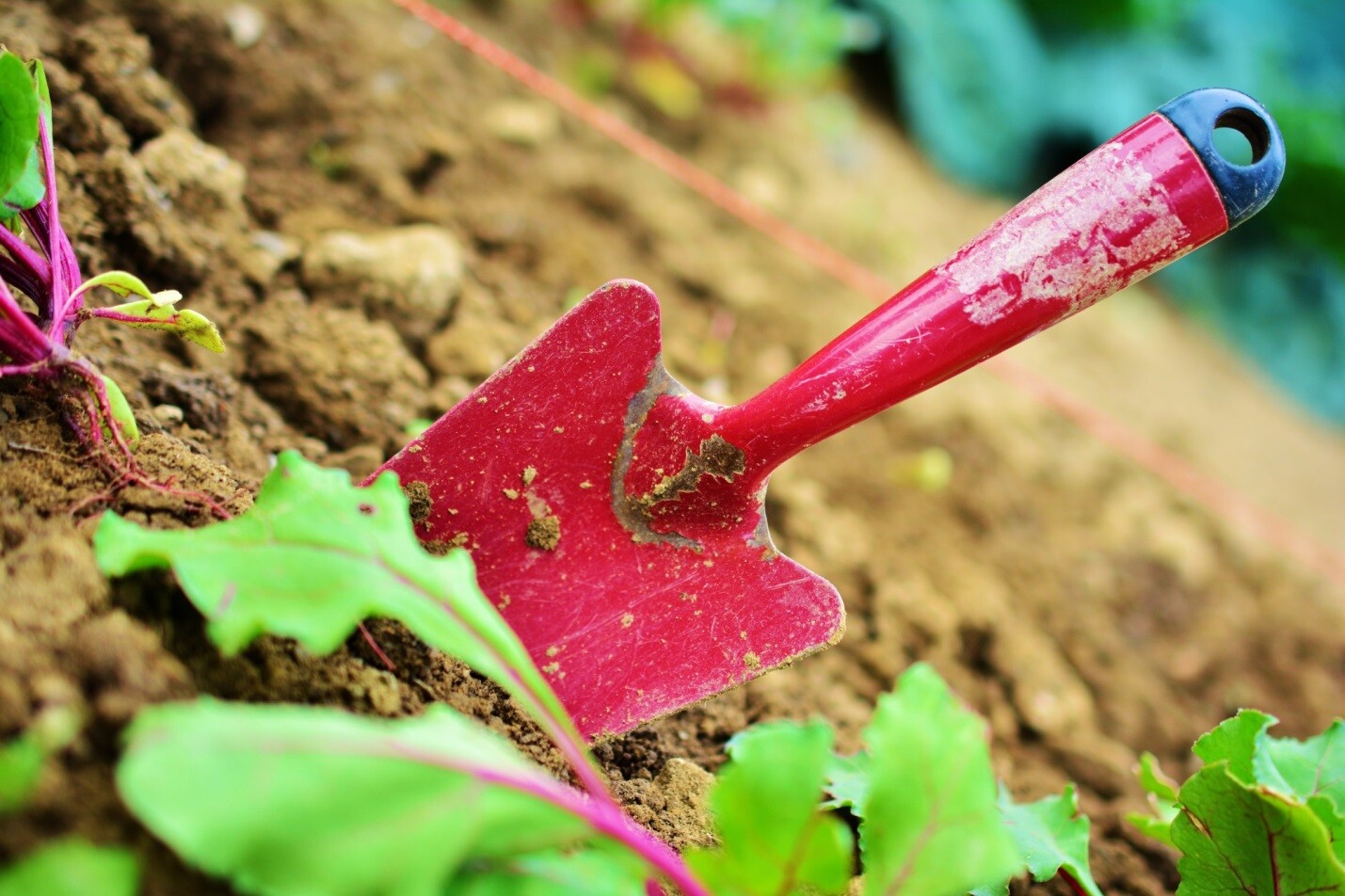
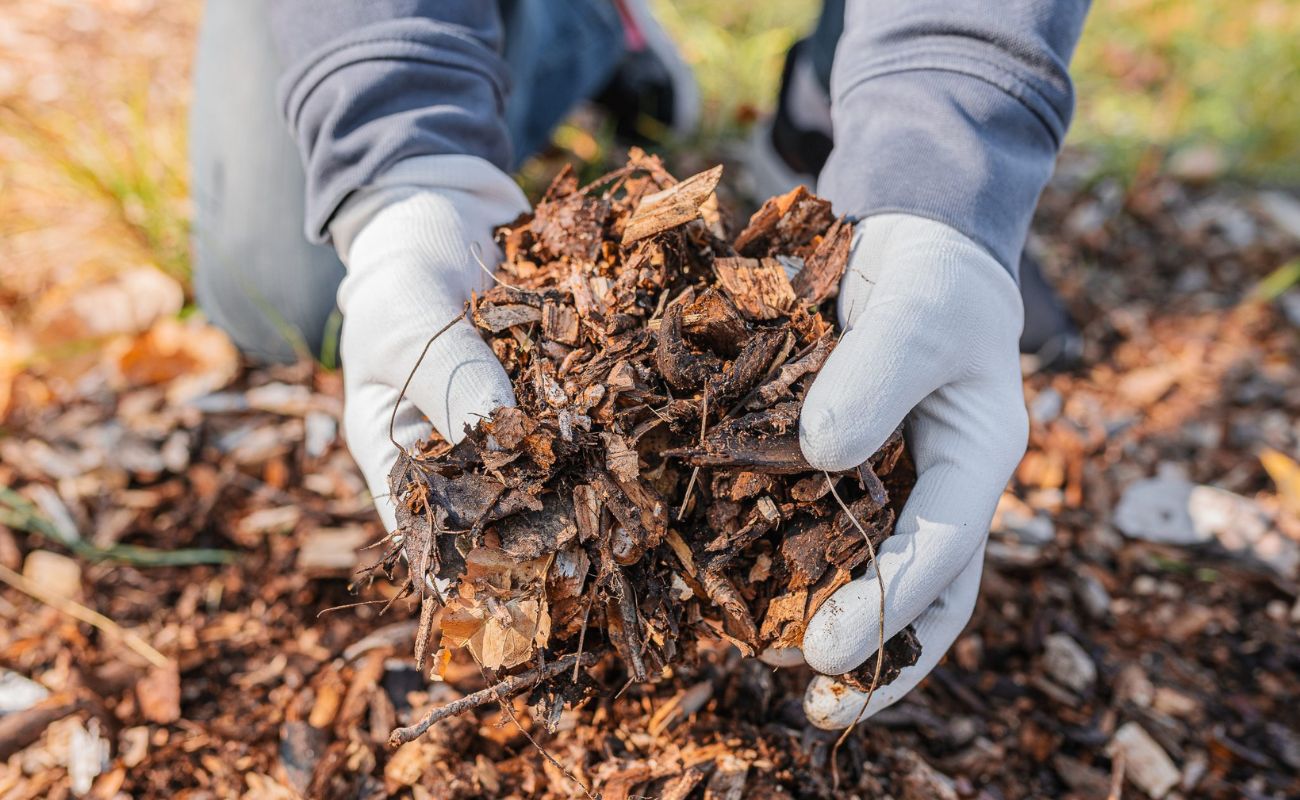
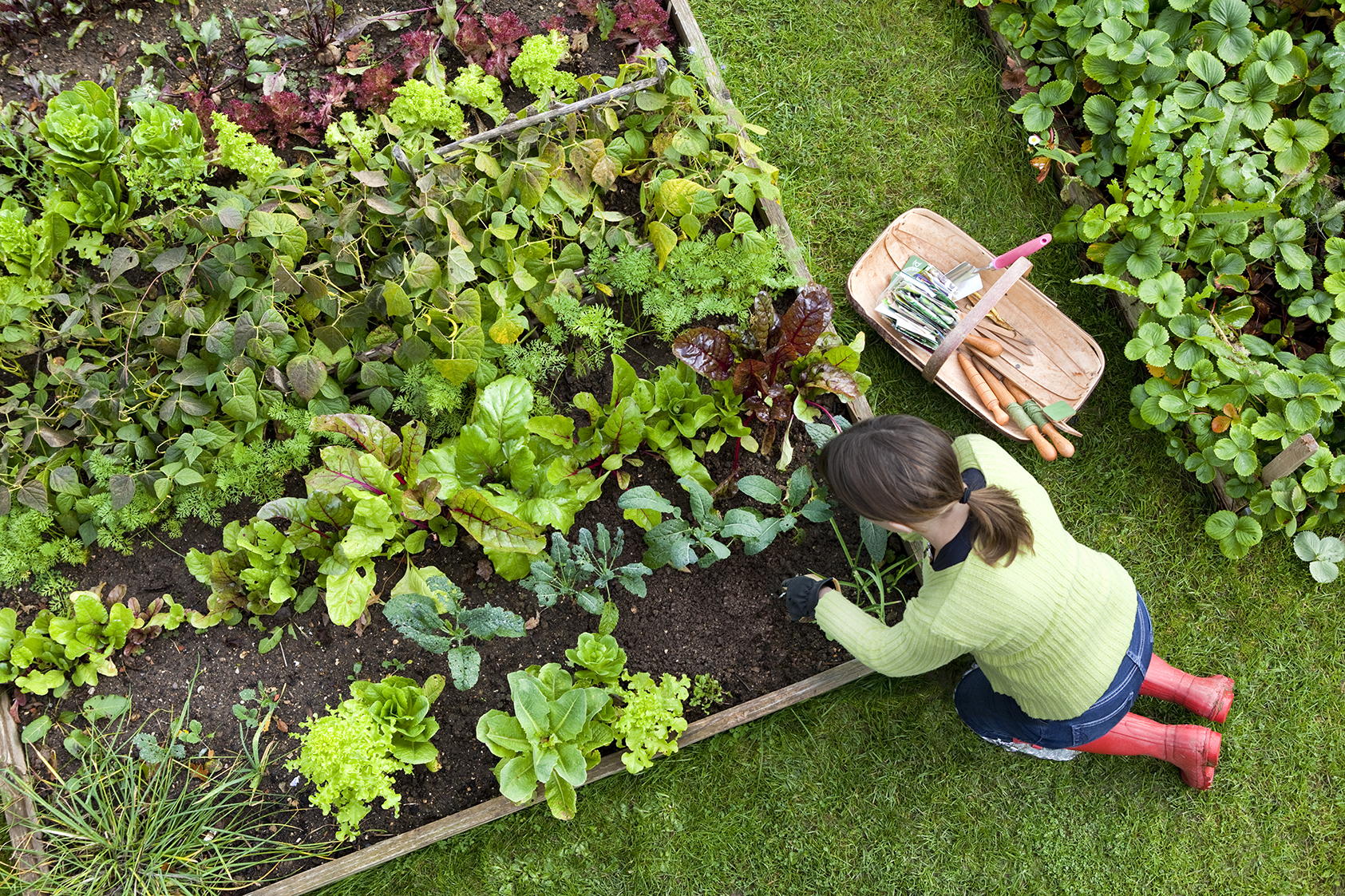
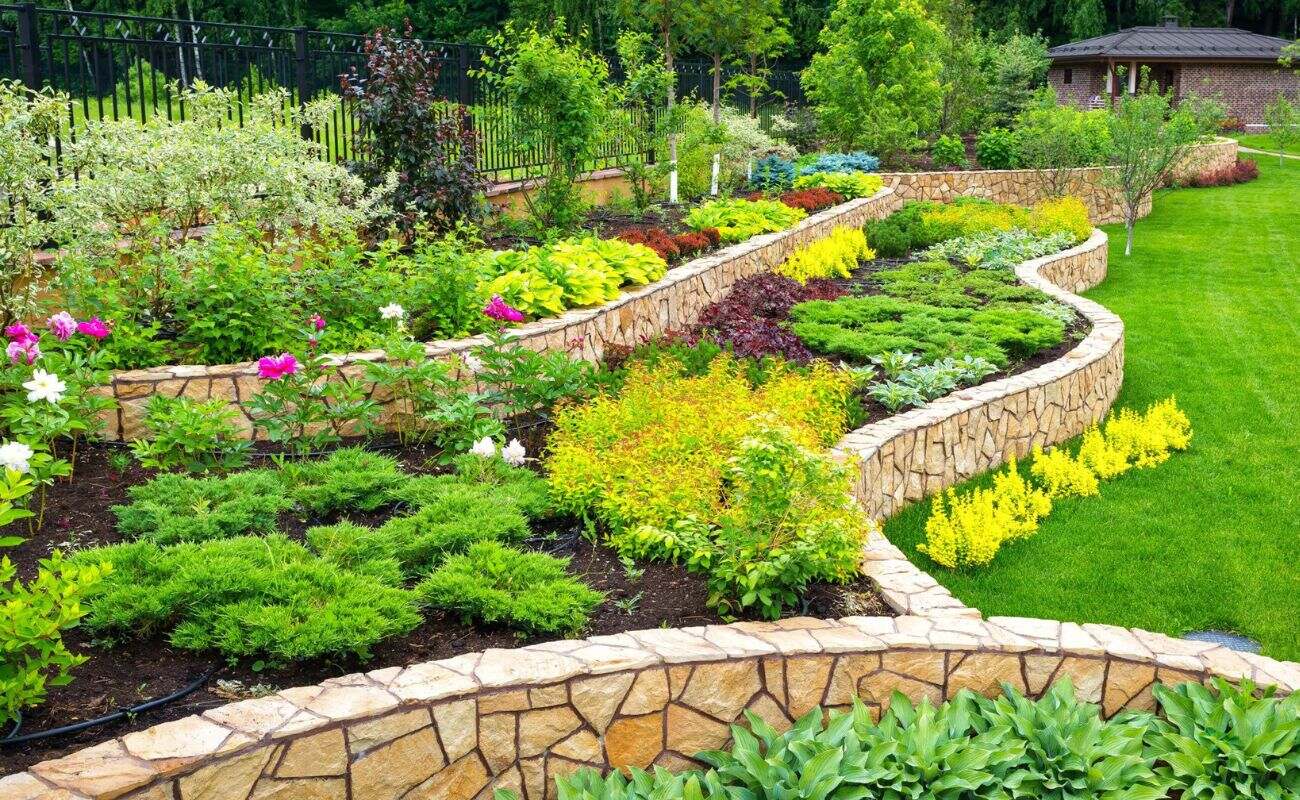



0 thoughts on “Landscaping: How To Start”